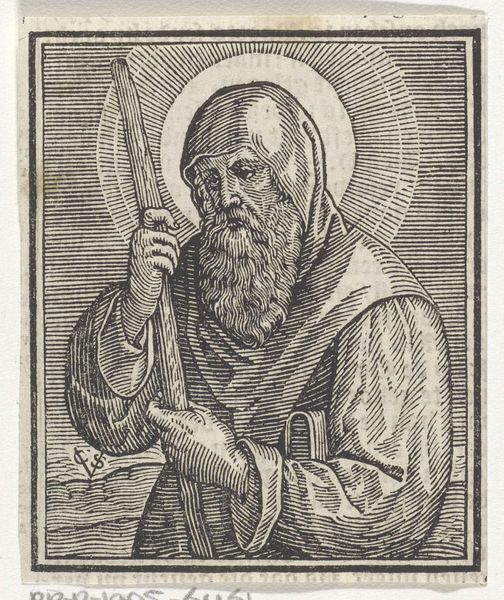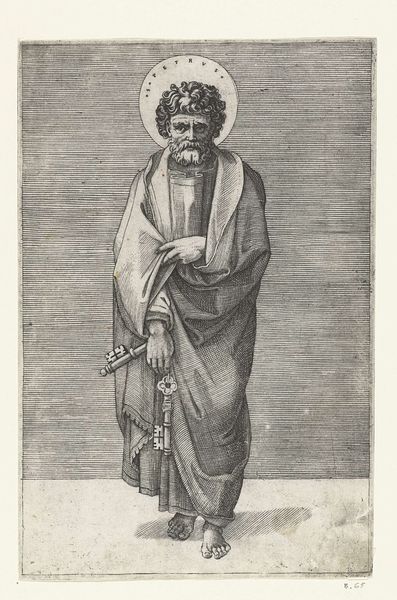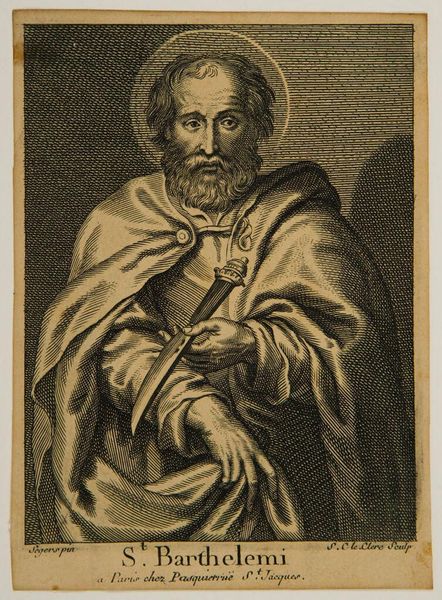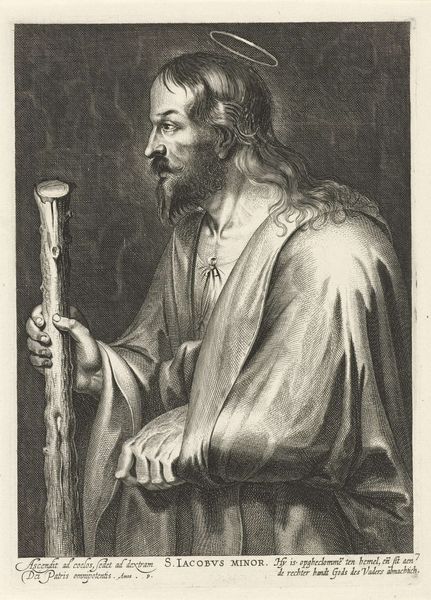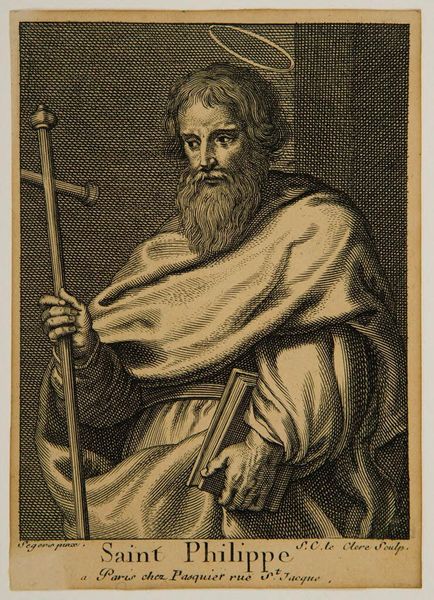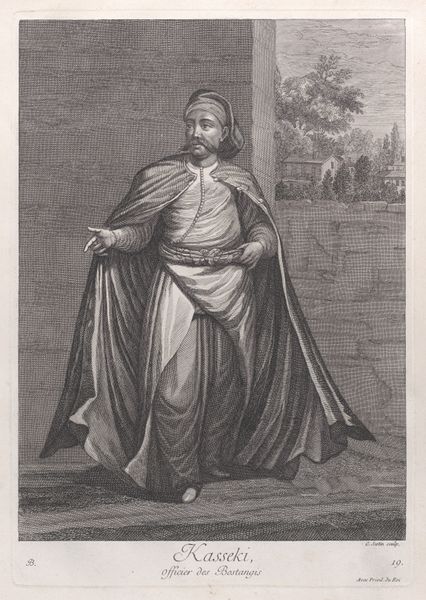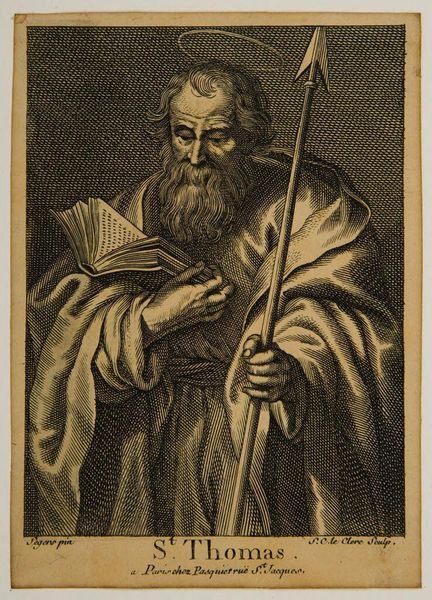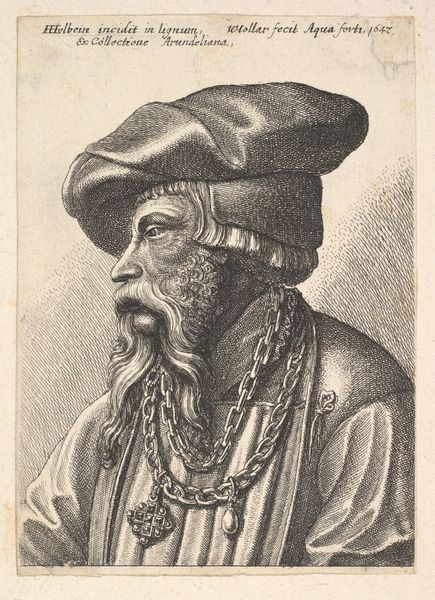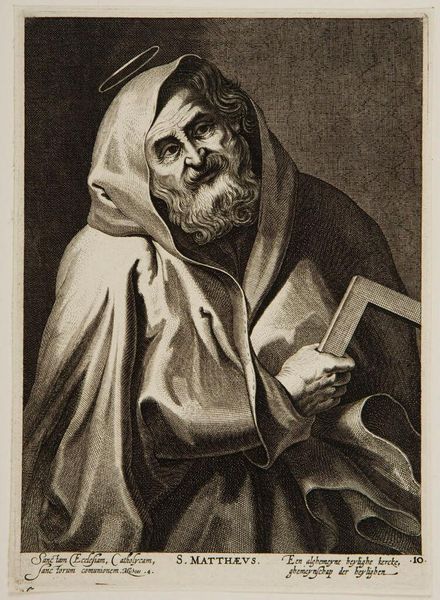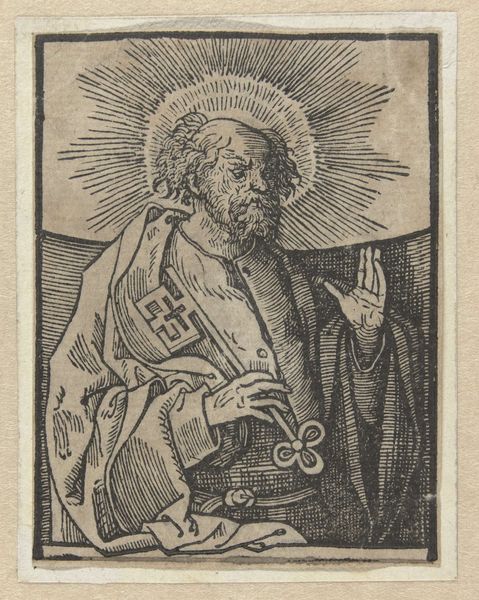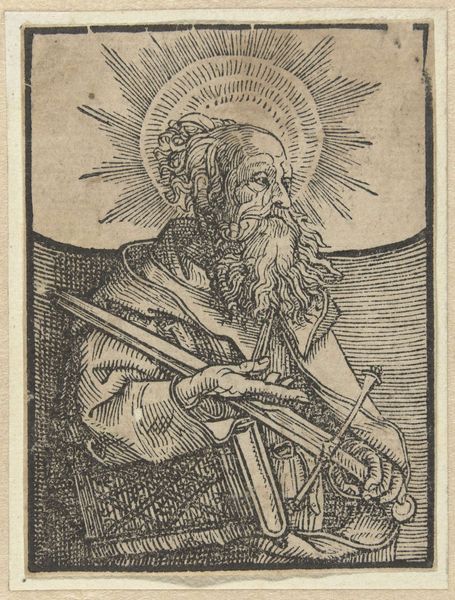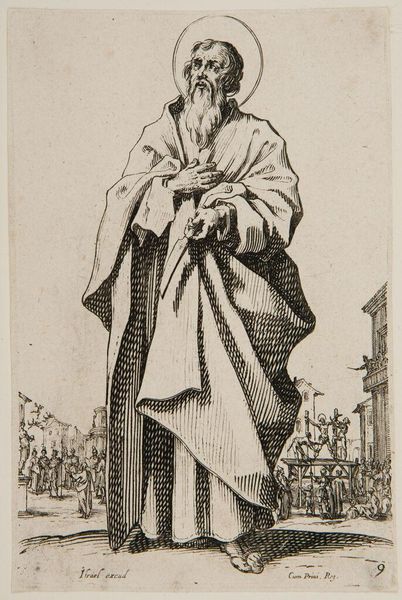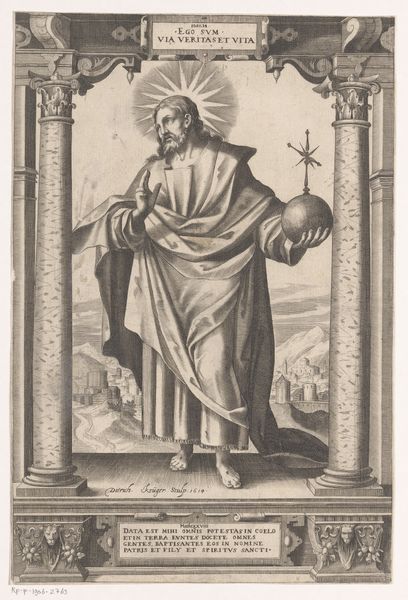
Bedouin, from World's Smokers series (N33) for Allen & Ginter Cigarettes 1888
0:00
0:00
Dimensions: Sheet: 2 3/4 x 1 1/2 in. (7 x 3.8 cm)
Copyright: Public Domain
Editor: Here we have "Bedouin," a print made in 1888 by Allen & Ginter as part of their World's Smokers series. What immediately strikes me is how this image, intended for a cigarette card, exoticizes the subject. What do you make of this image within that context? Curator: That’s an astute observation. Consider the social landscape of the late 19th century. Imperialism was at its peak, and the West’s fascination with, and often misrepresentation of, other cultures was widespread. These cards, distributed with cigarettes, functioned as miniature advertisements but also as tools for disseminating and reinforcing those cultural biases. This image is part of a larger pattern. Editor: So it’s more than just a portrait, then? It’s a statement about power? Curator: Precisely. Ask yourself, why a "Bedouin" smoker? The choice isn't accidental. It feeds into the idea of the 'Orient' as being alluring and mysterious. The depiction reinforces a power dynamic; a Western company profiting by packaging a romanticized vision of the East. It connects to the popular artistic movement known as Orientalism, wouldn’t you say? Editor: Absolutely. It’s packaged as an alluring collectible, but it carries so much loaded baggage. The commercial and the cultural are intertwined. Curator: Yes, and consider who consumed these cards. They were circulated widely, shaping public perception through constant repetition. Think about the museum's role, today, in contextualizing and re-presenting such objects. Editor: It’s a bit unsettling to realize how such a small, seemingly innocent object can reflect such complex political currents. It gives me a new appreciation for thinking critically about how images are framed and distributed. Curator: Exactly. The power of visual culture lies in its pervasiveness, and its ability to subtly shape our understanding of the world. Reflecting on the context transforms this small print into a lens for examining the broader politics of representation.
Comments
No comments
Be the first to comment and join the conversation on the ultimate creative platform.
